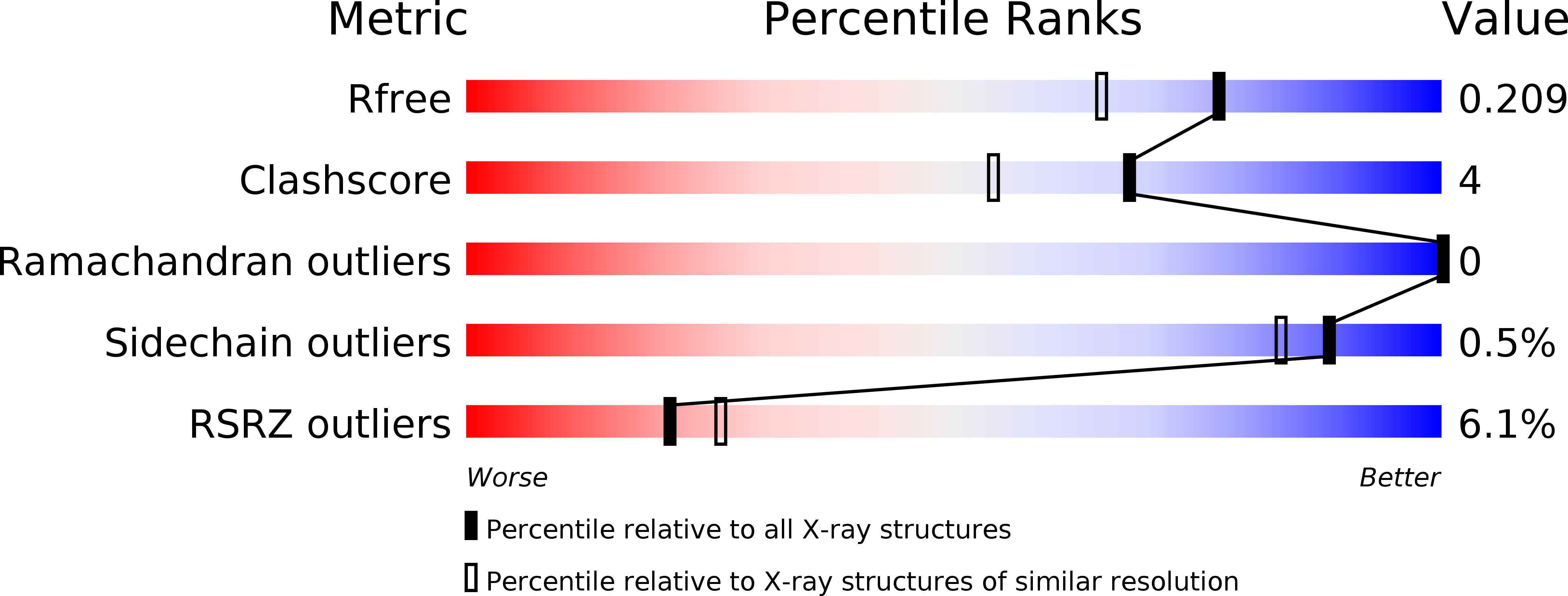
Deposition Date
2014-05-29
Release Date
2015-07-01
Last Version Date
2023-11-08
Entry Detail
Biological Source:
Source Organism:
Synechococcus elongatus (strain PCC 7942) (Taxon ID: 1140)
Host Organism:
Method Details:
Experimental Method:
Resolution:
1.76 Å
R-Value Free:
0.20
R-Value Work:
0.16
R-Value Observed:
0.17
Space Group:
C 1 2 1


